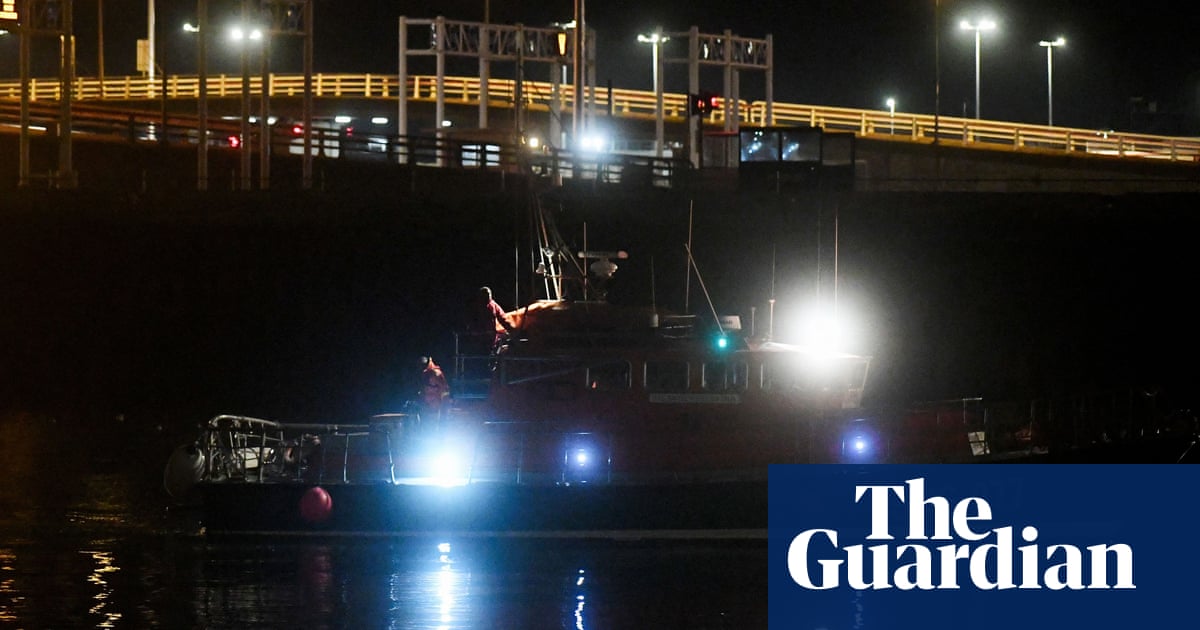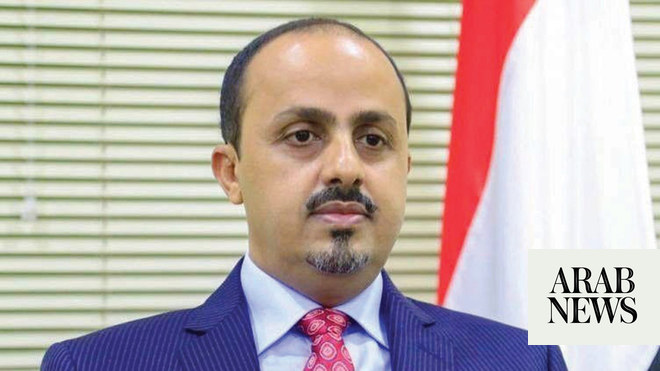
Attempts to save 27 people who drowned in the deadliest Channel disaster for more than 40 years were compromised by confusion, lack of resources and poor communication between the UK and France, a report has found.
A failed operation to reach a stricken dinghy on 24 November 2021 identified the wrong boat, the report says. A Border Force cutter rescued 98 people in three other boats that night, but not those on the dinghy carrying the 27 who died.
The 112-page report by the Marine Accident Investigation Branch (MAIB), part of the Department for Transport (DfT), states that its role is not to apportion blame. It identifies various problems that hindered the rescue operation, including poor visibility, a lack of a dedicated aircraft conducting aerial surveillance, and a shortage of staff in the control room at Dover processing SOS calls from small boats in distress.
The large number of boats crossing that night added to the confusion, with HM Coastguard recording 99 incidents on 24 November 2021 and 757 people making the crossing.
The report, published almost two years after the mass drowning, is critical of the people smugglers for sending the dinghy across the Channel in such a vessel, describing it as “wholly unsuitable and ill-equipped”. It also accuses people onboard the boats more generally of sometimes making emergency calls that rescuers found did not reflect the actual situation when they reached them.
On Thursday the transport secretary, Mark Harper, announced an inquiry into the mass drowning.
He said it would be independent and non-statutory and designed to allow a full investigation into the circumstances of the deaths in the absence of a normal coroner’s inquest.
“Today our thoughts are with the families of all those involved in the tragic events of 24 November 2021,” he said. “I am grateful to the Marine Accident Investigation Branch for their report examining this tragic incident, and the government will carefully consider its findings and recommendations.
“As the report recognises, the operational picture in the Channel has changed significantly since 24 November 2021, and I know that HM Coastguard continuously seeks to learn lessons and improve.”
A chair and full terms of reference for the inquiry will be announced by the DfT at a later date.
One of the difficulties for rescuers was that it was hard to tell different boats apart, the report found, and in some cases multiple distress calls were made from the same boat. This made it “extremely challenging for HM Coastguard to locate and identify discrete boats … and the plight of the genuinely stricken craft became masked by the increasingly busy task of dealing with crossing events”.
The 33 people onboard the boat that sank on 24 November included 13 women and eight children. One of the women was pregnant. The exact time and location of the partial sinking is unknown. Two people survived and four remain missing.
Victims’ bodies were recovered later that day in French waters. The International Organization for Migration said it was the deadliest incident in the Channel since it started collecting data in 2014.
The report says: “Some of the migrants managed to cling on to submerged remnants of the boat. Others drifted away.”
Maria Thomas, of Duncan Lewis solicitors, which represents the families of 18 of the victims and one of the two survivors, said the report had failed to investigate “potential systemic failings” during the incident.
Thomas said: “The report describes a number of serious shortcomings in respect of staffing levels; resources, including available surface assets; disorganisation within the control room; lack of oversight; failure to accurately record and log calls, resulting in confusion in respect of what incidents have been responded to; and an overall display of chaos in relation to those coordinating the search and rescue operation.”
Steve Smith, the chief executive of the refugee charity Care4Calais, said: “Almost two years on from the largest loss of life in the English Channel in more than 40 years, it is more than disappointing that this report is all we have from the UK authorities. It is a scandal.
“This report does not provide answers to the fundamental question of why the UK authorities failed the desperate people onboard this boat who asked for help. It doesn’t explain why they were left at sea for more than 12 hours, undetected by both the UK and French authorities but found by a passing fishing boat the next day. Saying the rescue was hampered by ‘poor visibility’ or there was more than one boat in distress just doesn’t cut it – 31 lives have been lost, leaving behind grieving families and friends.”
The report recommends that the Maritime and Coastguard Agency (MCA) and Border Force develop procedures to ensure “effective surveillance” of the Dover strait remains possible when aircraft are unavailable. It also recommended that the MCA work with the French authorities to agree ways of improving “the transfer of information” between the British and French coastguard agencies during small boat crossings.
Andrew Moll, the chief inspector of marine accidents at the MAIB, said: “This was a tragic accident in which many lives were lost. Our investigation has closely examined the events on the night to understand, as best we can, what went wrong so lessons can be learned to ensure a dreadful night like this is not repeated.
“The events of 24 November 2021 were complex, with multiple inflatable boats that were unsuitable and ill-equipped for the journey attempting to cross the Dover strait to England.”
Rishi Sunak has made preventing small boats carrying asylum seekers from arriving in Britain one of his five pledges to voters. So far this year, 26,699 people have arrived via the Channel, according to the latest government figures – about a third less than the number at this point last year, which was 39,948.












